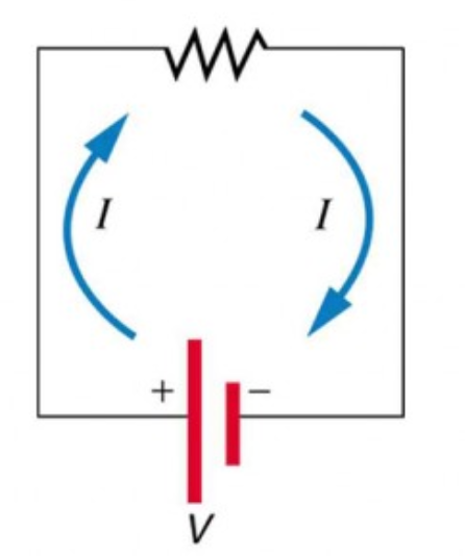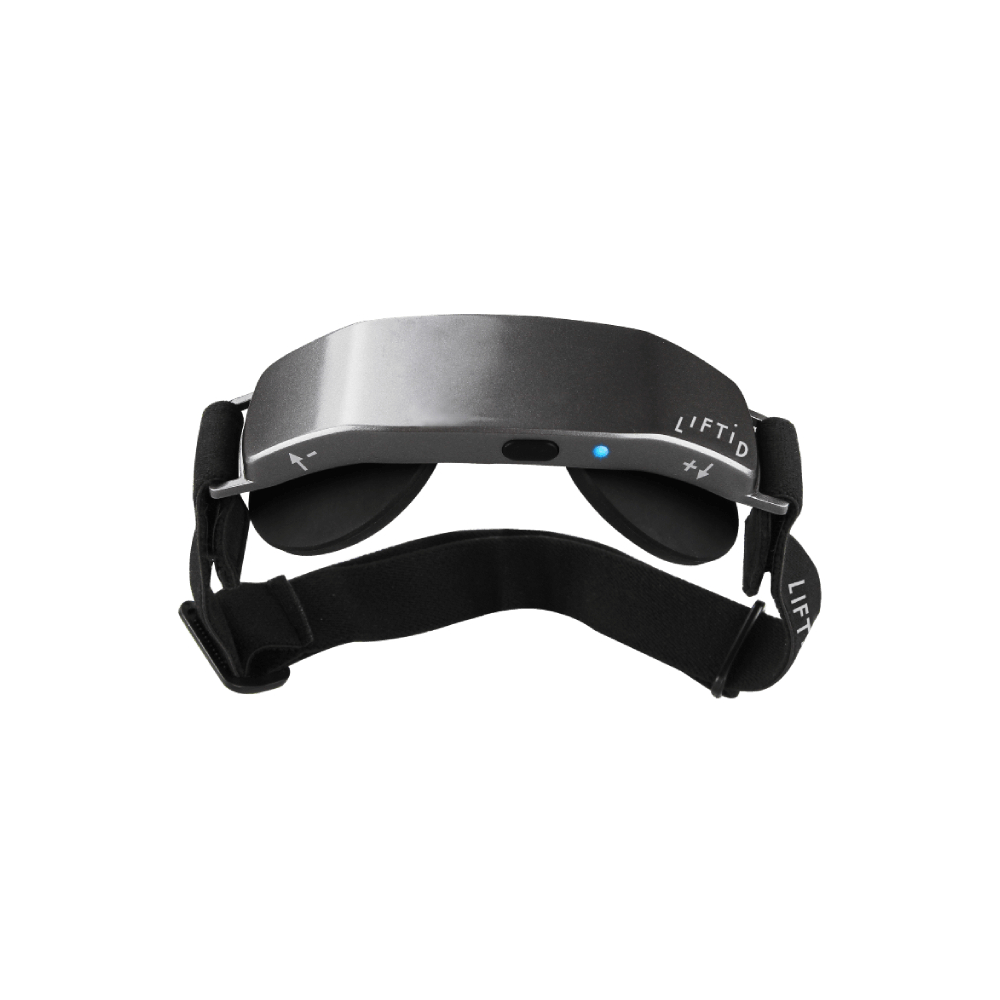We know that transcranial Direct Current Stimulation works by passing a sustained (direct) current through the head and brain. And we know the current flow from Anode to Cathode. And that this direction matters because Anodal tDCS and Cathodal tDCS produce different effects. You can get a technical review on how tDCS anode and cathodes are used here. As well as read on tDCS for stroke, gambling, and learning.
But here is where it gets confusing is: Is the current a positive quantity (like positive charges) or a negative quantity (like negatively charged electrons).
There is an answer.
Note that the direction of current flow is from a positive voltage (anode in tDCS) to a negative voltage (cathode in tDCS). See the picture. The direction of conventional current is the direction that the positive charge would flow (which is the arrows). But depending on the situation, positive charges, negative charges, or both may move. In metal wires (and circuits and inside devices like tDCS electronics) current is always carried by electrons—that is, negative charges move in the opposite direction of the arrows shown. In ionic solutions, such as saltwater (which is what our brain is like), both positive and negative charges move. This is also true around and inside nerve cells.
So during tDCS positive ions move from the Anode electrode to the Cathode electrode. And Negative ions move from the Cathode electrode to the Anode electrode. In tDCS current is “ionic” and can be carried by positive or negative ions. In the body the most commons ions are Na+, K+, and Cl- so that’s what carries most of the charge. There is a much more technical analysis here.
But wait! What happens to those lions when they finish their journey across the body and get to the electrodes? For example, when a Na+ ion gets to the Cathode electrode? Does it get stuck and even accumulate (like a cloud of positive charges)? No, and actual pictures of tDCS that show ion clouds are not right. Positive and negative ions cannot accumulate since that would lead to a loss of electroneutrality.
Actually, what happens is when the positive charge (say Na+) gets to the electrode it is “consumed” by an electrical reaction at the electrodes. That means that during tDCS the electrodes are also consuming and creating ions as part of the charge passing process. When electrodes consume or create ions, they at the same time consume or create electrons from the wires. So the electrodes can be thought of as devices that take electrons and make ions. More details and the specific type of reactions that happen at the tDCS electrode can be found here.
tDCS current is like a river flowing and it’s all a big loop.




